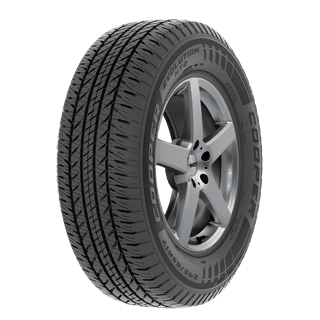Tire Solution: Comprehending Tire Pressure Monitoring Systems
Understanding Tire Pressure Tracking Systems (TPMS) is an essential aspect of maintaining optimal vehicle efficiency and security when traveling. With advancements in automotive innovation, TPMS has ended up being a typical function in modern lorries, offering real-time details on tire stress levels. Delving deeper right into the ins and outs of TPMS, one can uncover the different parts that comprise this system and the relevance of each in ensuring accurate surveillance. From direct to indirect TPMS systems, the landscape of tire stress monitoring varies, each with its one-of-a-kind collection of considerations and advantages. Keep tuned to unwind the intricacies of TPMS, from maintenance pointers to the undeniable benefits of maintaining your tires correctly pumped up. tires morris il.

Significance of TPMS
The value of Tire Stress Monitoring Systems (TPMS) hinges on their capacity to enhance vehicle safety and efficiency with real-time surveillance of tire pressure degrees. Keeping the appropriate tire stress is crucial for making certain optimal handling, stopping, and total safety of a lorry. TPMS gives drivers with immediate comments on any kind of overinflated or underinflated tires, enabling for timely modifications to be made.
Components of TPMS
Sensors are typically situated in the tire valve stem or affixed to the wheel assembly, where they gauge tire pressure and transmit data to the control module. Some advanced TPMS models additionally display the actual tire stress analyses for each tire, supplying chauffeurs with real-time info to guarantee ideal tire performance and safety and security. By checking tire pressure continuously, TPMS assists prevent accidents, lowers tire wear, and enhances fuel efficiency, making it a critical component for automobile safety and efficiency. tires morris il.
Kinds Of TPMS

On the other hand, indirect TPMS counts on the vehicle's wheel speed sensors to check tire stress. This system detects underinflation by comparing the rotational speeds of the wheels. Indirect TPMS check this site out is less costly than straight TPMS, as it uses existing sensors within the automobile.
While straight TPMS uses extra precise readings, indirect TPMS is easier in design and commonly requires less upkeep. Both systems have their benefits and restrictions, and the choice between them usually relies on elements such as expense, vehicle make, and individual preference. Comprehending the differences in between these two kinds of TPMS can help car proprietors make notified decisions concerning tire maintenance and safety.
TPMS Maintenance Tips
Conduct routine checks on the tire stress levels and contrast them with the TPMS analyses to ensure they are consistent. Throughout tire turning or pop over to these guys replacement, make certain that the TPMS parts are taken care of carefully to avoid any type of prospective damages. If the TPMS advising light brightens on the dashboard, deal with the problem without delay by checking the tire pressures and the total system for any mistakes.
Advantages of Correct Tire Pressure
Keeping proper tire stress, as highlighted in TPMS Maintenance Tips, is vital for gaining the various advantages connected with optimum tire stress levels. Additionally, appropriate tire pressure makes certain also tire wear, extending the lifespan of the tires and advertising safer driving conditions. In verdict, the advantages of appropriate tire stress go beyond just tire longevity; they include improved fuel performance, boosted security, far better lorry performance, and general driving convenience.
Verdict
Finally, understanding tire pressure monitoring systems (TPMS) is essential for maintaining optimum tire stress and making certain automobile safety and security. By acknowledging the importance of TPMS, recognizing with its elements, knowing the different types offered, sticking to appropriate upkeep tips, and recognizing the advantages of keeping appropriate tire pressure, motorists can improve their driving experience and lengthen the lifespan of their tires. Proper tire stress is essential to risk-free and efficient vehicle procedure.
